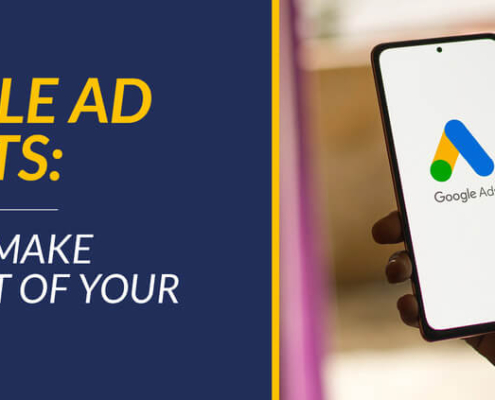
Google Ad Grants: How to Make The Most of Your Free Ads
Imagine having $10,000 each month to get your nonprofit in front…

Are Google Ad Grants Confusing You? Become an Expert Now!
The Google Ad Grants program provides eligible nonprofits with…

Nonprofit Advertising: The Essential Guide (With Examples!)
Nonprofit advertising is critical to spread the word about your…